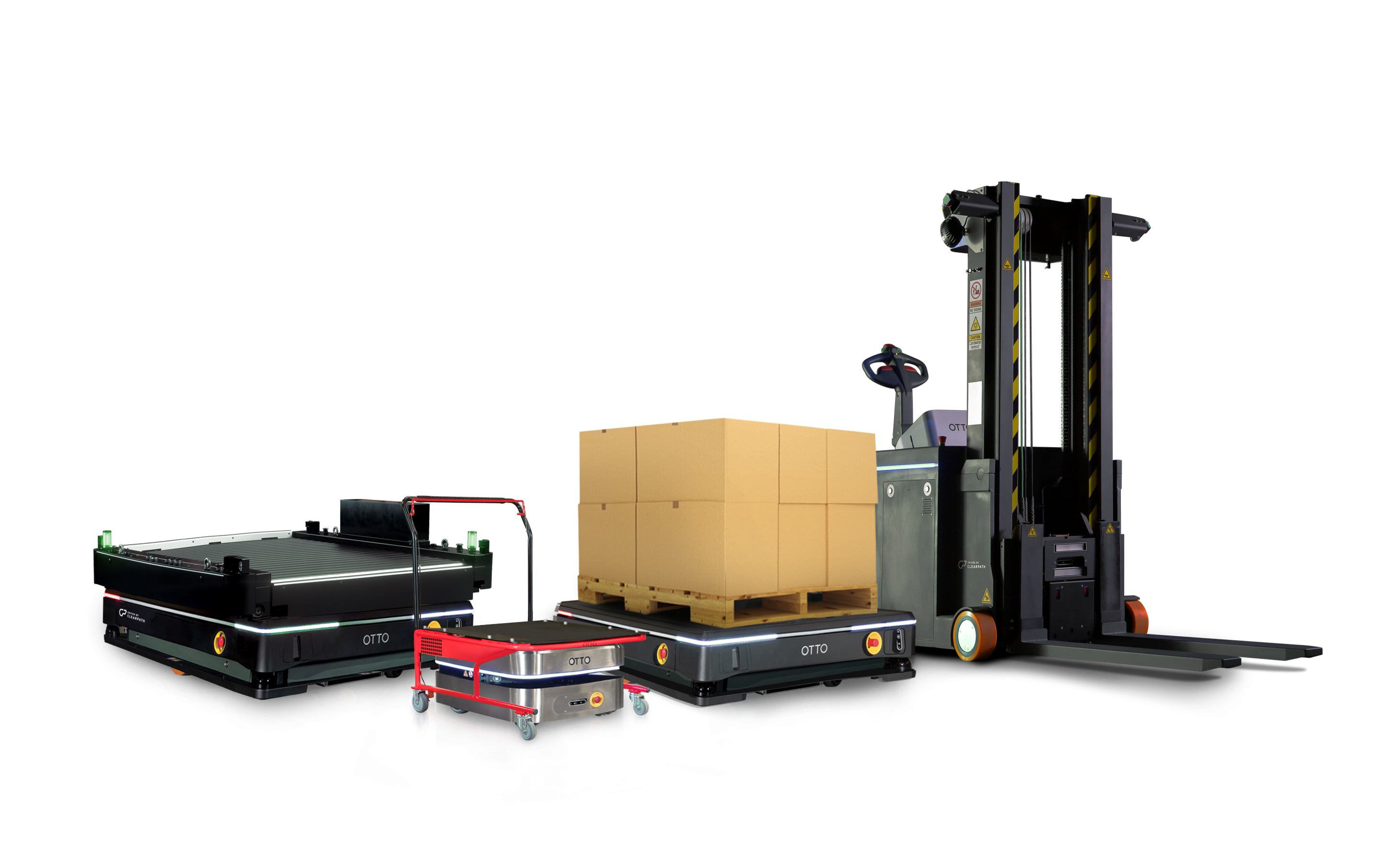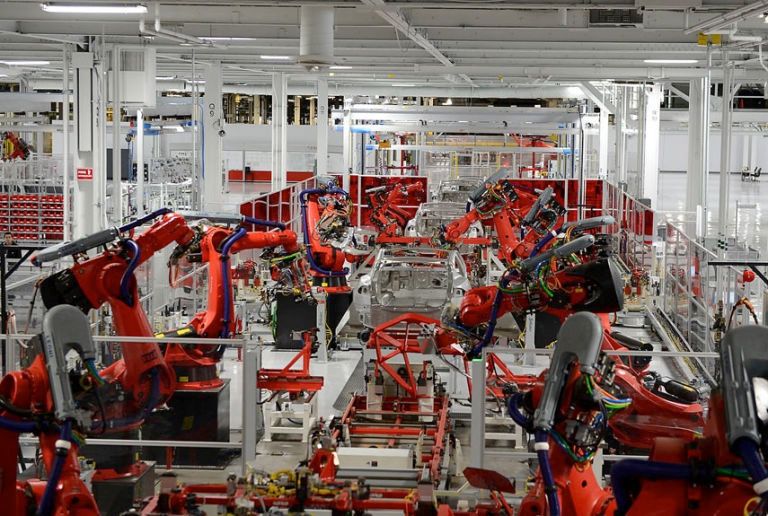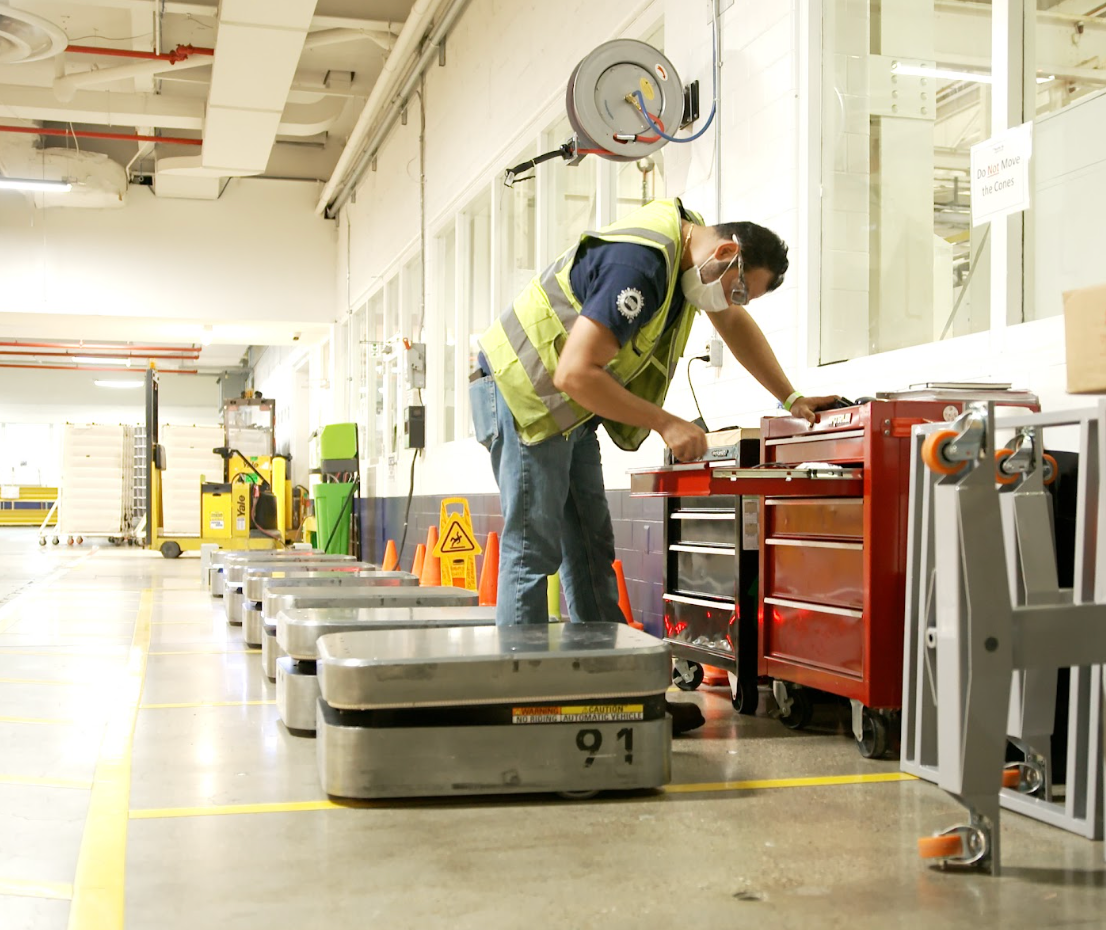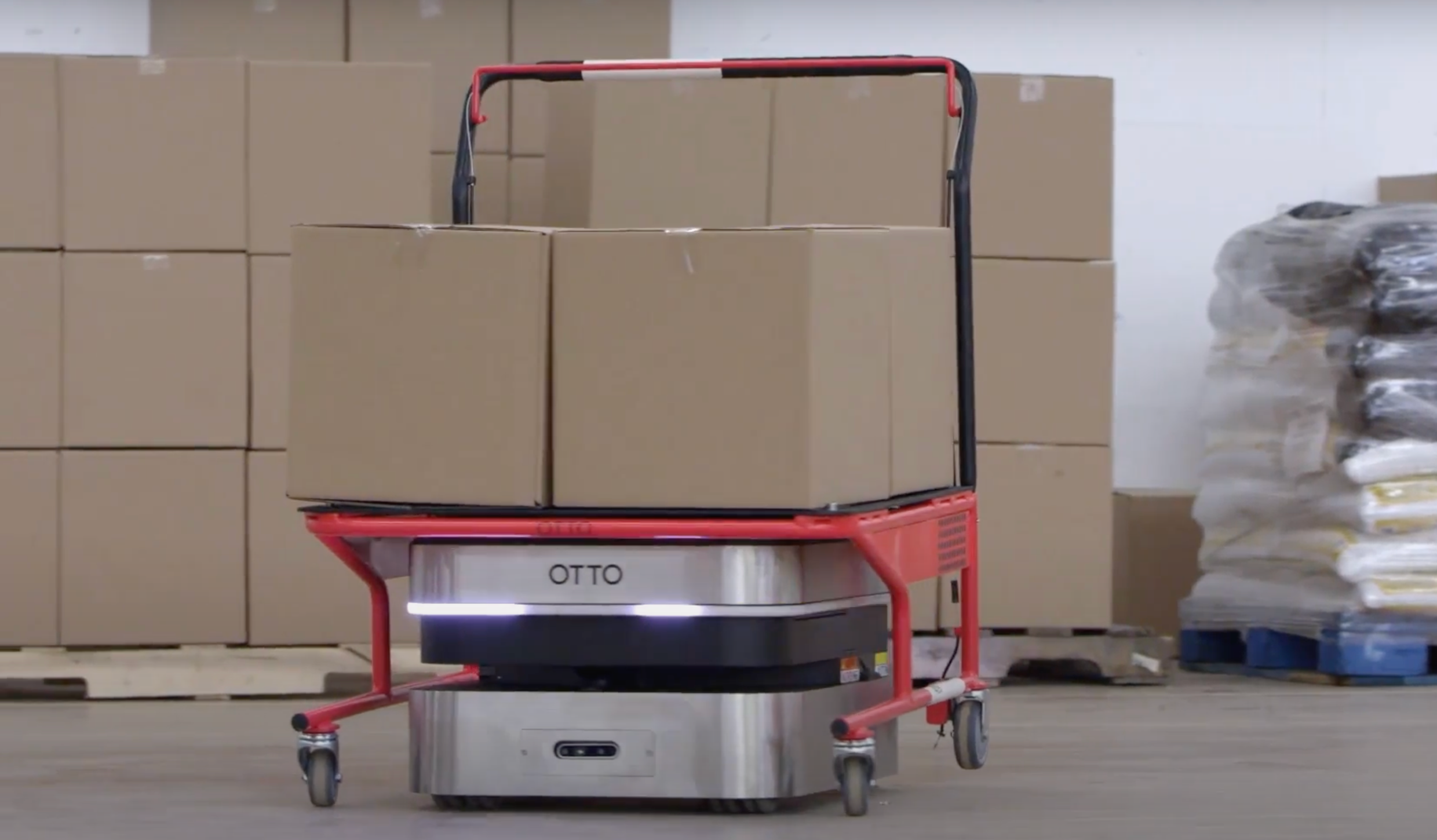Blog
What is the smart factory and its impact on manufacturing?

Technology has a profound impact on how factories operate today, from autonomous mobile robots (AMRs) to cloud computing to 3D printing. The application of technology is making the process of manufacturing increasingly intelligent and dynamic, allowing the concept of a Smart Factory to become a reality.
What is a smart factory?
The term smart factory describes a highly digitalized and connected environment where machinery and equipment are able to improve processes through automation and self-optimization. Smart factories are part of the technological transformation known as Industry 4.0 — the current industrial revolution. The benefits also extend beyond just the physical production of goods and into functions like planning, supply chain logistics, and even product development.
Yet, the core value of the smart factory still happens within the four walls of the plant. The structure of a smart factory can include a combination of production, information, and communication technologies, with the potential for integration across the entire manufacturing supply chain.
All these disparate parts of production can be connected via the IoT (Internet of Things) or other types of advanced integrated circuits (IC’s), which enable sensing, measurement, control, and communication of everything that’s happening throughout the manufacturing process.
Smart factories are becoming increasingly prevalent as business leaders recognize the need for digital transformation in supply chains in order to be competitive and resilient. Consumer expectations are also contributing to the development and rapid adoption of smart factory technologies. According to the 2022 MHI Annual Industry Report, customer demands for faster response times is the third most difficult company challenge, requiring companies to increasingly invest in supply chain automation.
As the pace of supply chain innovation escalates, so does the price of inaction. Leaders will outpace their competitors faster than ever.
George Prest
CEO, MHI
Sensor technology enables IoT
Central to the smart factory is the technology that makes data collection possible. These include the intelligent sensors, motors, and robotics present on production and assembly lines that the smart factory puts to use.
Sensors make it possible to monitor specific processes throughout the factory which increases awareness about what’s happening on multiple levels. For example, vibration sensing can provide a warning when motors, bearings, or other equipment need to be maintained. These types of subtle warnings become alerts for preventative maintenance or other actions that head off larger production problems if left unattended.
Similarly, sensing technology on AMRs used for material handling improves efficiency and safety for manufacturing facilities and warehouses. AMRs use onboard sensors and LiDARS to localize against the facility’s existing infrastructure as well as people. This allows them to avoid people, other machines and unexpected obstructions, autonomously driving around the blockage to avoid productivity losses. The ability to autonomously avoid these common disruptions is a powerful advantage that keeps production running optimally.

The OTTO AMR fleet of robots with safety sensors.
Connecting the shop floor to the top floor
Communication and the ability to use manufacturing data is what puts the ‘smart’ in 'smart factory'. New technologies are emerging as Industry 4.0 is converging to enable the smart factory.

Photo credit: Popular Mechanics (https://www.popularmechanics.com/)
Ultimately, it’s the application of intelligence at the factory level that creates a dynamic production environment and the desired results—reducing costs while improving quality and reliability. Consider how smart equipment makes it possible to automate much of what’s required to accommodate product variation and smaller-sized production runs during the manufacturing process. The future of manufacturing is more customization, so by minimizing downtime for retooling and resetting equipment, manufacturers can operate efficiently while staying flexible.
The smart factory impact on jobs
As smart factory technologies are rapidly adopted, the roles that people take on will evolve from what they are currently doing in today’s factories. People will take on more complex roles while automation will conquer the tasks that are repeatable, mundane, dangerous or currently impacted by the global labor shortage. In fact, labor shortage is one of the most common challenges manufacturers are continually facing, with 54% of companies saying it is difficult to hire and retain qualified workers in the 2022 MHI Industry Report.
A new trend is emerging, called "the digital talent gap", which has resulted in a rising need for digital skill sets as more companies choose to implement digital technologies. According to MHI's 2022 Annual Industry Report, companies are severely hampered in their ability to implement digital technologies due to the shortage of workers with the necessary skills to run them. This means that companies will need to start investing in talent development as the adoption of Industry 4.0 technology will require a greater need for skilled workers.
Organizations in the early stages of digital maturity face a chicken-and-egg problem where they have a tremendous need for digital talent, yet their hesitancy to embrace a digital culture makes them less attractive to such talent.
MIT Slogan and Deloitte
The investment of building a smart factory benefits manufacturers by creating a safer, more efficient and more reliable operation. Companies will need to adopt digital technologies in order to meet consumers' rising expectations of faster delivery times, free shipping, options to customize products, more transparency, and lower costs. When Sunview Patio Doors began their transition to a smart factory, they standardized their processes and shifted skilled laborers to higher value-added tasks, all with a 16-month ROI.
Every single choice a customer makes when designing their product means a change to our manufacturing flow. This must be accounted for in the process layout, which makes it very complex to manage… we knew this complex logistical challenge could only be solved with autonomous mobile robots.
Kurt Oberparleiter
VP Operations, Sunview Patio Doors
The demands on the manufacturing industry will continue due to the trend for more on-demand production and the ever-present drive to reduce costs. The smart factory is a direct way for manufacturers to excel in a competitive and dynamic marketplace as they use digital innovation to improve supply chain efficiencies.







